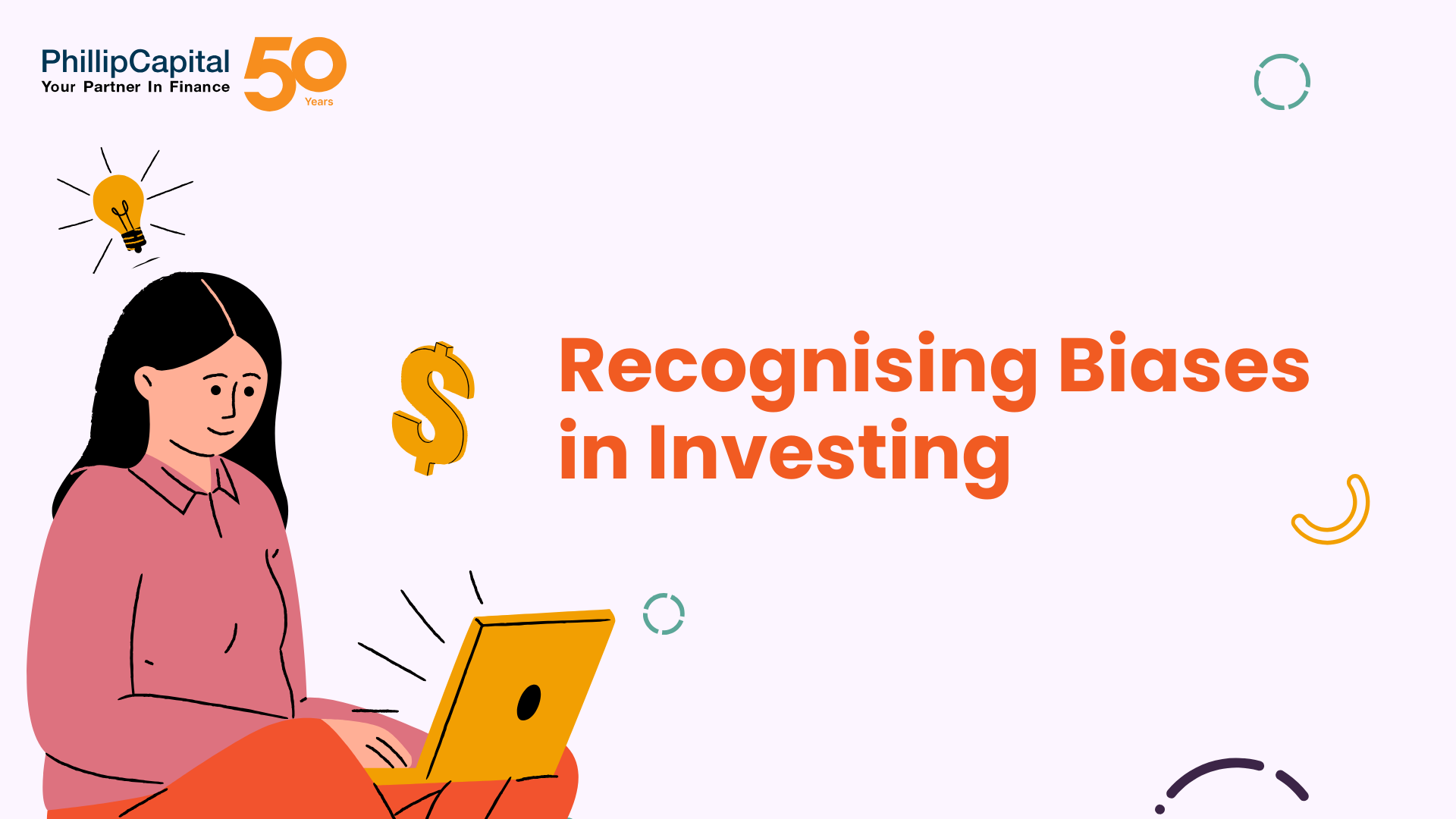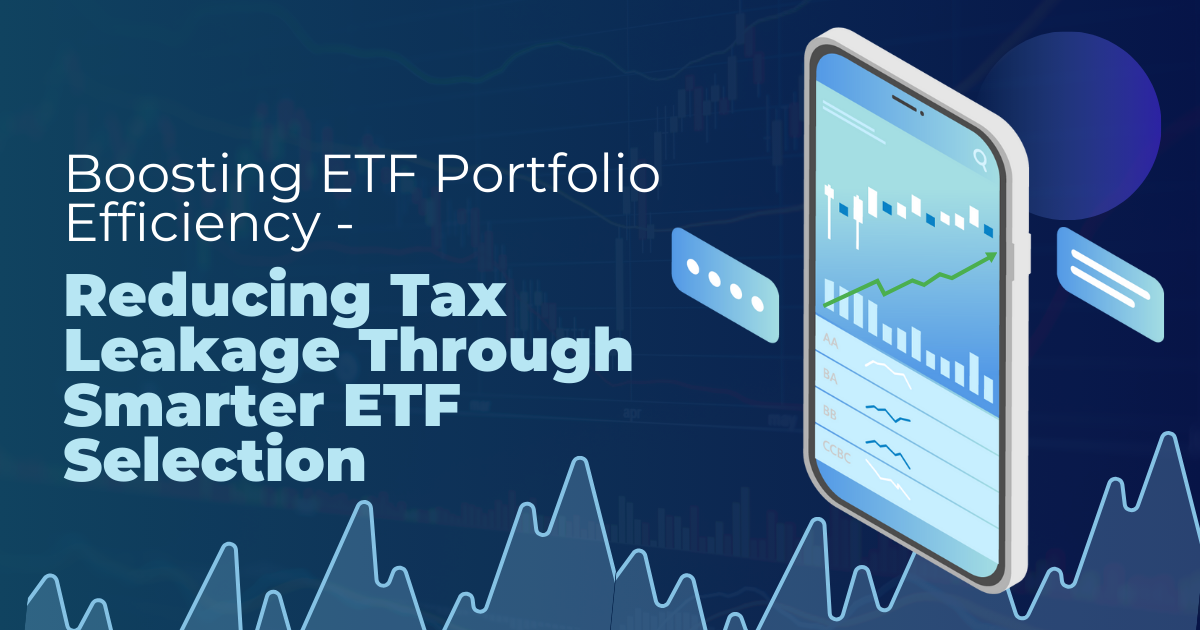Price to Book
Investing in the stock market involves understanding many financial metrics, which help determine a company’s value and potential as an investment. One such critical metric is the Price-to-Book (P/B) ratio. The P/B ratio is one of the most widely used valuation tools, and it can give insight into whether a stock is overvalued or undervalued based on its assets. This article will deeply examine the P/B ratio, breaking it down for beginner-level readers.
Table of Contents
What is the Price to Book?
The Price-to-Book (P/B) ratio is a financial metric used to compare a company’s market value to its book value. Market value represents a company’s current stock price multiplied by the number of outstanding shares, whereas book value is the net worth of the company’s assets as reflected on its balance sheet.
Price-to-Book Ratio Formula
The P/B ratio is computed using the following formula:
P/B Ratio = Market Price per Share/Book Value per Share (BVPS)
Here’s what the components mean:
Market Price per Share: The current price of one share of the firm’s common stock.
It is also defined as the total book value of the company divided by outstanding shares, which is known as BVPS:
Interpretation
- P/B Ratio > 1: It means the market values the company more than its net assets. This often reflects positive investor sentiment, growth potential, or significant intangible assets such as patents or brand value.
- P/B Ratio < 1: It would imply that the company’s market value is lower than its book value. It might also be an undervaluation signal or financial stress.
For instance, a P/B ratio of 2 means investors will pay $2 for every $1 of the company’s net assets.
Understanding Price to Book
The P/B ratio is an important indicator of how the market perceives a company about its net assets. To understand its importance, one must understand the relationship between the market price and the book value.
- Market Price: It is determined by supply and demand for company stock. Market price reflects the investor’s attitude, potential future performance, and other market dynamics.
- Book Value: It is a balance sheet item where the historical accounts of the company concerning net assets are measured. It refers to total assets minus total liabilities.
The P/B ratio, therefore, puts into perspective the gap between a company’s perceived market value and its actual net worth.
High vs Low P/B Ratio
High P/B Ratio: Companies with a P/B ratio greater than one are believed to be valued more highly by the market than their net assets indicate. This is because of certain factors that may include the following:
- High growth prospects
- Sound profitability
- Good intangible assets
For example, a technology-based company is valued through intellectual property, innovation, and growth prospects, hence its high P/B ratio.
Low P/B Ratio: A P/B ratio below one may suggest undervaluation and, therefore, a buy. However, it may also reflect market sentiment about the company’s financial soundness or future prospects.
Understanding such trends is important to determining why a particular company is valued at what price and making decisions based on this.
Calculating Price to Book
The Formula
P/B Ratio = Market Price per Share/Book Value per Share
Breaking it down further, book value per share is computed as follows:
Book Value per Share (BVPS) = Total Assets – Total Liabilities/Number of Outstanding Shares
How to Compute the P/B Ratio
- Obtain the Company’s Total Assets: This can be found on the company’s balance sheet.
- Obtain the Company’s Total Liabilities: On the balance sheet.
- Compute Book Value: Subtract total liabilities from total assets.
- Determine Book Value per Share (BVPS): Divide the book value by the total number of outstanding shares.
- Determine the P/B Ratio: Divide the market price per share by the BVPS.
Example of Price-to-Book Ratio Calculation
Example:
Assume Company X with the following information:
Total Assets: US$500 million
Total Liabilities: US$350 million
Outstanding Shares: 20 million
Market Price per Share: US$30
- Determine Book Value:
Book Value = 500 million – 350 million = 150 million
- Calculate BVPS:
BVPS = 150 million/20 million = 7.5
- Calculate P/B Ratio:
P/B Ratio= 30/7.5 = 4
This indicates that the stock is selling at four times its book value.
Application of Price to Book
The P/B ratio is a very versatile tool utilised by investors for several applications:
- Valuation: This tells whether the stock is undervalued or overvalued than the net assets.
- Intra-industry comparison: The P/B ratio allows for the comparison of different firms within the same industry. A financial institution with a much greater P/B ratio than its peers may be overpriced.
- Indicator of health in financial terms: A low P/B ratio would suggest further investigation into the company’s potential financial problems.
- Value Investing: Investors look for stocks with low P/B ratios, which might be undervalued opportunities.
- Risk Assessment: Companies with high P/B ratios will have a higher risk associated with them since they depend on future growth expectations.
Examples of Price to Book
Example:
Company Y:
- Total Assets: US$1 billion
- Total Liabilities: US$600 million
- Outstanding Shares: 50 million
- Market Price per Share: US$20
- Compute Book Value:
Book Value = 1 billion – 600 million = 400 million
- Compute BVPS:
BVPS = 400 million/50 million = 8
- Compute P/B Ratio:
P/B Ratio = 20/8 = 2.5
It can be sensible as of its industry and the firm growth prospect if Y-company shares trading at 2.5 times book value.
Frequently Asked Questions
This would be the Price-to-Book Ratio, which is one way to value a firm based on the per-share comparison of the market price in opposition to the book value in a company. By dividing the market price by the book value, investors determine which stock is undervalued or overvalued compared to net worth.
The P/B ratio can significantly differ by industry, influenced by asset structure, growth potential, and intangible content. As a matter of fact,
- Technology Companies tend to carry higher P/B ratios mainly due to investments in R&D, IP, and other intangibles, whose value might not be appropriately represented on the balance sheet and thus fetch higher valuations.
- Banks and Real Estate Companies: These sectors tend to have relatively low P/B because they are asset-intensive. Their value is mostly based on tangible assets such as property, loans, and investments, which are more easily measurable and can be reflected on the balance sheet.
Even though the P/B ratio can be an excellent tool, it must be taken into account that it’s not the ideal. Its best application would be with asset-intensive firms where the book value can be closely related to net worth. For those companies with strong intangible assets, for example software firms, this ratio is not as revealing because the balance sheet often misprices the intangible assets which, as a result, results in lower book values and consequently less reliable P/B ratios.
A low P/B ratio of less than 1 could indicate undervaluation. The company may be trading below its net assets, but the reason for the low valuation must be investigated.
Several factors can affect the P/B ratio:
- Market Sentiment: Investor attitudes, either positive or negative.
- Asset Quality: Quality and liquidity of the assets of the company.
- Growth Potential: The better the expected growth, the more P/B ratios could be.
- Industry Norms: Industry-specific asset structures and industry benchmarks.
Related Terms
- Merger Arbitrage
- Intrinsic Value of Stock
- Callable Preferred Stock
- Growth Stocks
- Market maker
- Authorized Stock
- Dividend Discount Model
- Stock Shifts
- Seasoned Equity Offering
- Stock Price
- Consumer Stock
- Undervalued Stocks
- Tracking Stock
- Income stocks
- Hang Seng Index
- Merger Arbitrage
- Intrinsic Value of Stock
- Callable Preferred Stock
- Growth Stocks
- Market maker
- Authorized Stock
- Dividend Discount Model
- Stock Shifts
- Seasoned Equity Offering
- Stock Price
- Consumer Stock
- Undervalued Stocks
- Tracking Stock
- Income stocks
- Hang Seng Index
- Rally
- Ticker Symbol
- Defensive stock
- Earnings Guidance
- Wire house broker
- Stock Connect
- Options expiry
- Payment Date
- Treasury Stock Method
- Reverse stock splits
- Ticker
- Restricted strict unit
- Gordon growth model
- Stock quotes
- Shadow Stock
- Margin stock
- Dedicated Capital
- Whisper stock
- Voting Stock
- Deal Stock
- Microcap stock
- Capital Surplus
- Multi-bagger Stocks
- Shopped stock
- Secondary stocks
- Screen stocks
- Quarter stock
- Orphan stock
- One-decision stock
- Repurchase of stock
- Stock market crash
- Half stock
- Stock options
- Stock split
- Foreign exchange markets
- Stock Market
- FAANG stocks
- Unborrowable stock
- Joint-stock company
- Over-the-counter stocks
- Watered stock
- Zero-dividend preferred stock
- Bid price
- Authorised shares
- Auction markets
- Market capitalisation
- Arbitrage
- Market capitalisation rate
- Garbatrage
- Autoregressive
- Stockholder
- Penny stock
- Noncyclical Stocks
- Hybrid Stocks
- Large Cap Stocks
- Mid Cap Stocks
- Common Stock
- Preferred Stock
- Small Cap Stocks
- Earnings Per Share (EPS)
- Diluted Earnings Per Share
- Dividend Yield
- Cyclical Stock
- Blue Chip Stocks
- Averaging Down
Most Popular Terms
Other Terms
- Real Return
- Protective Put
- Perpetual Bond
- Option Adjusted Spread (OAS)
- Non-Diversifiable Risk
- Liability-Driven Investment (LDI)
- Income Bonds
- Guaranteed Investment Contract (GIC)
- Flash Crash
- Equity Carve-Outs
- Cost of Equity
- Cost Basis
- Deferred Annuity
- Cash-on-Cash Return
- Earning Surprise
- Capital Adequacy Ratio (CAR)
- Bubble
- Beta Risk
- Bear Spread
- Asset Play
- Accrued Market Discount
- Ladder Strategy
- Junk Status
- Interest-Only Bonds (IO)
- Interest Coverage Ratio
- Inflation Hedge
- Industry Groups
- Incremental Yield
- Industrial Bonds
- Income Statement
- Holding Period Return
- Historical Volatility (HV)
- Hedge Effectiveness
- Flat Yield Curve
- Fallen Angel
- Exotic Options
- Execution Risk
- Exchange-Traded Notes
- Event-Driven Strategy
- Eurodollar Bonds
- Enhanced Index Fund
- Embedded Options
- EBITDA Margin
- Dynamic Asset Allocation
- Dual-Currency Bond
- Downside Capture Ratio
- Dollar Rolls
- Dividend Declaration Date
- Dividend Capture Strategy
- Distribution Yield
Know More about
Tools/Educational Resources
Markets Offered by POEMS
Read the Latest Market Journal

Recognising Biases in Investing and Tips to Avoid Them
Common biases like overconfidence, herd mentality, and loss aversion influence both risk assessment and decision-making....

What is Money Dysmorphia and How to Overcome it?
Money dysmorphia happens when the way you feel about your finances doesn’t match the reality...

The Employer’s Guide to Domestic Helper Insurance
Domestic Helper insurance may appear to be just another compliance task for employers in Singapore,...

One Stock, Many Prices: Understanding US Markets
Why Isn’t My Order Filled at the Price I See? Have you ever set a...

Why Every Investor Should Understand Put Selling
Introduction Options trading can seem complicated at first, but it offers investors flexible strategies to...

Mastering Stop-Loss Placement: A Guide to Profitability in Forex Trading
Effective stop-loss placement is a cornerstone of prudent risk management in forex trading. It’s not...

Boosting ETF Portfolio Efficiency: Reducing Tax Leakage Through Smarter ETF Selection
Introduction: Why Tax Efficiency Matters in Global ETF Investing Diversification is the foundation of a...

How to Build a Diversified Global ETF Portfolio
Introduction: Why Diversification Is Essential in 2025 In our June edition article (https://www.poems.com.sg/market-journal/the-complete-etf-playbook-for-singapore-investors-from-beginner-to-advanced-strategies/), we introduced...









